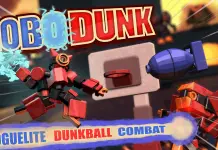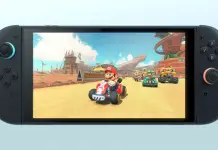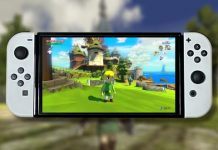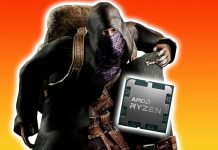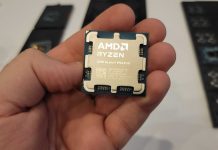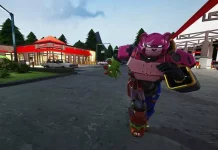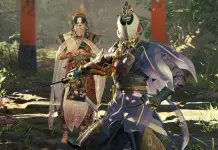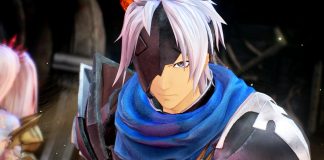Heart Machine certainly know how to make an artistically satisfying game. The first game in the Hyper Light series, Hyper Light Drifter, blended neon colours, gorgeous pixel art and tight action gameplay to create something that immediately stood out from the rest of the indie pack. They followed that up with Solar Ash, taking their penchant for awe-inspiring, idiosyncratic visuals and moving them to 3D. Once again, this showcased the strength of their world-building and action-heavy gameplay.
Hyper Light Breaker then, bears the heavy weight of expectation. As it launches into Early Access, fans of the series will no doubt delight in the world that’s been built here, but there’s a number of things that fundamentally need to change before it reaches full release.
Hyper Light Breaker is an open-world, procedurally generated Roguelite. As the genre dictates, that means there’s slow, incremental progress, starting off with next to nothing, making multiple runs into the game’s open world, and building up your character’s arsenal and abilities so that the next run will go just that little bit smoother. Hopefully, you’ll make it just that little bit farther.
There’s a reason that this is the gameplay style of choice right now: it’s rewarding, it’s challenging, and it can create longevity without needing an extensive narrative to drive it. Hyper Light Breaker takes the basic form of a Roguelite, but then layers its own quirks and design decisions on top, some of which work, and some of which don’t.
The first design decision is that Hyper Light Breaker is hard. Some of the difficulty seems to be because the team at Heart Machine expect, or perhaps hope, that you’re going to play in co-op with your friends. Damage and armour don’t scale here, and you can split enemies’ attention, so, when you factor in a couple of extra pairs of hands, it becomes wholly more approachable.
Co-op definitely lifts the whole experience – doesn’t it always? – but it also serves to highlight that the beautiful world that’s been built here feels a little lifeless. There’s no Indigenous wildlife that doesn’t want to kill you, no sounds of nature, and for all of the visual splendour it’s not carried by the life within it. Even the excellent synthwave soundtrack drops out too much, leaving you to drift far too often in an aurally and visually frozen piece of artwork.
So Hyper Light Breaker is populated by vicious and utterly lethal things. The enemies here, slimes, clawed demi-humans or giant ogres, are all, without fail, tough as nails, and, when you’re starting out at least, they offer more than just a challenge, they offer a sense of unfairness. I spawned into one map in a zone that always had enemies in it and time and time again they caught me out, whittling a third of my health away before I’d even really begun. A big part of that is that the visibility of incoming enemies can be difficult to parse at times, and the enemy units can be so fast they’re practically a blur.
That’s not to say that the combat isn’t good. On a fundamental level, the swift dodging, attacking and parrying feels really good, and can look visually spectacular when you factor in the different skills that open up for you. However, when you’re losing health from a bad guy you’ve barely even had time to see, it robs the game of both balance and fun. That’s compounded by some weaponry lacking impact, and a woeful lack of ammo for your ranged weapons.
Things do progress, and they do improve, but in Early Access you currently have to wade through some seriously testing moments before you get to them.
All of the game’s combat action takes place out in The Overgrowth. Each run sees you collecting Prisms, equipment and upgrades before attempting to take down three Crowns – three challenging area bosses – and then going after the Abyss King. The character designs are a massive highlight, especially for the boss creatures, and I really just wanted the chance to look at them, rather than immediately having my body crushed into a million tiny bits.
Some of your upgrades are permanent, and some of the items you collect will stay with you from run to run, though Heart Machine have added in weapon durability that sees many of your items disappear after a couple of runs. What that means is that progress is glacial in comparison to other Roguelites out there.
Your central hub, The Cursed Outpost, stands as a place of rest and respite, as well as playing host to your upgrade trees and different merchants whose wares might help you last a little longer. These need unlocking and coaxing into giving you the best stuff, and you upgrade them with the same consumables you use to upgrade your character. It creates a dissonance between the two, and further feels as though the game is unnecessarily trying to extend your time with it.
Despite all of this, Hyper Light Breaker is still rather moreish. A sick fascination with dying might be required for entry right now, but the world is incredible, the action sharp and varied, and it really comes alive in co-op. I hope that Heart Machine have the time and commitment to pour into it, as a few tweaks to the formula could utterly change the way it feels, and remove some of the current frustrations it seems so ready to dole out.









